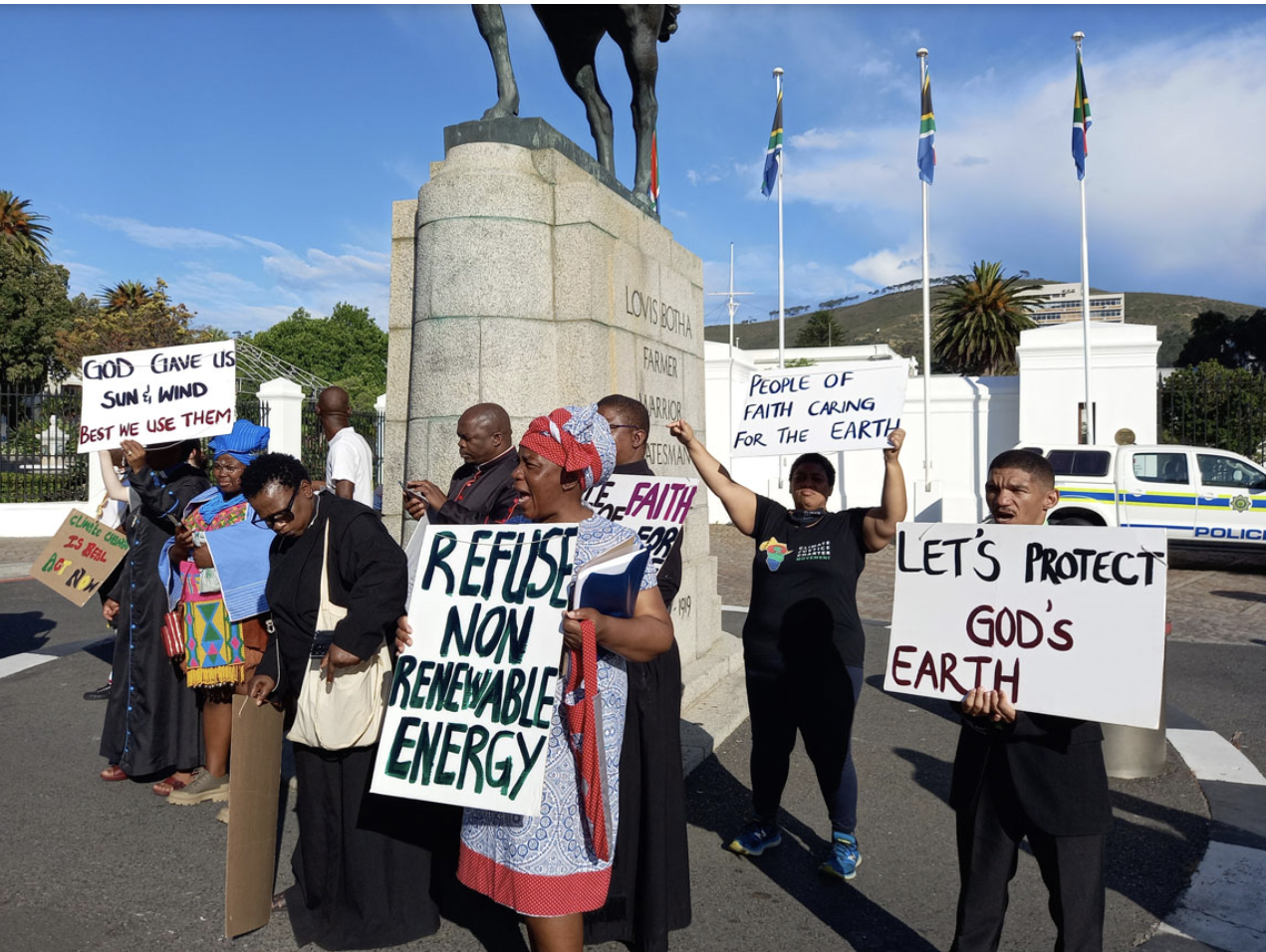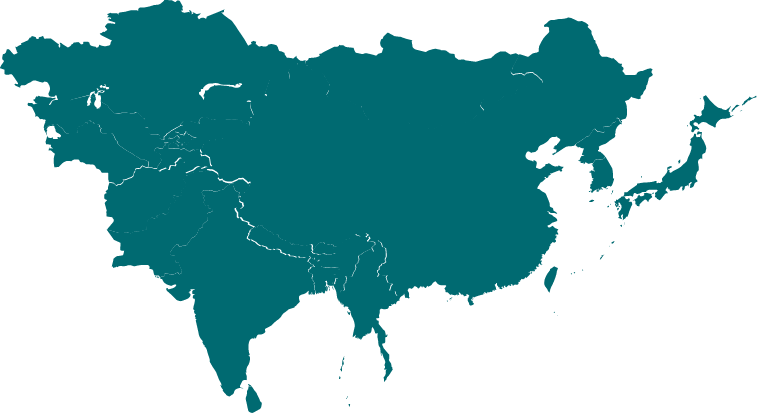
Earth, “Mother Earth,” is our shared home. Woven together as one large Earth community (human and ecological), and hundreds of smaller ones, we share the gift of life. We know that biodiversity loss, rising temperatures and pollution, combined with political and religious extremism, have formed a series of interrelated crises that are expected to increase and worsen as Earth’s temperature exceeds 2°C.
As religious, spiritual, and Indigenous people, we have a responsibility to prevent violence against “Mother Earth” and all beings. The health and resilience of our communities revolves around careful planning and peaceful approaches to our shared needs for land, water, food, shelter.
As members of URI, we turn to the wisdom of our ancestral traditions and the best of modern science in our collective efforts to heal our broken relationships with Earth and each other.
From the beautiful and varied bioregions where we live, we are committed to growing our creative capacities and shared resources to end the cycles of violence that destroy Earth communities and to use nature-centered decision-making as we regenerate Earth and human flourishing. Science provides data and forecasting to help us understand the best ways to effectively reduce greenhouse gas emissions while restoring soil and vegetation.
Our ancestral traditions and spiritual practice remind us to honor the wisdom of Mother Earth with equality and health for all people and species. It is through our faith teachings and spiritual practice that we commit to growing and learning together even when the emerging information requires us to stretch or change in new ways.
Last year, more than 100 faith-based organizations were surveyed to learn about ecosystem protection efforts led by spiritual communities. The published report (2024) shares one particular finding that URI already knows is true: “Community-led approaches that include Indigenous people, women, and youth often achieve more durable outcomes.” It’s also true that, in order to work well for a long time, the grassroots projects need to invite Belonging, Security, and Creativity.
As we honor Mother Earth Month and inspire widespread action to end all violence against nature and humans, let’s celebrate the integrated, intergenerational projects happening all around the world with 3 examples from three very new CCs in the network:
- Belonging and Connection. When we feel a real connection with one another and the land and water that makes our home, we stop harming nature and each other.
VIEWS CC, in Odisha India, integrates traditional knowledge and current development practices to strengthen the connections between women and girls and the local economy. Soil improvement projects, kitchen gardening classes and other nature-centered offerings are helping these women to expand their connections and to deepen community belonging. Learn more here: http://www.viewsindia.org.in/
- Community Security. When communities include the rights of nature in their decisions, a cascade of other rights-honoring practices follow!
The women of Murilpaz CC, in Honduras, are doing work that is political, social and cultural to create a more just and ecologically healthy local economy. Their projects are strengthened and informed by global movements and emphasize the importance of regenerative entrepreneurship. Learn more here: https://www.uri.org/who-we-are/cooperation-circle/murilpaz
- Creativity fuels Collective Healing. Social change happens through interfaith peacebuilding, nature-centered education and community campaigns that inspire creativity and healing for all.
SAFCEI, a CC in South Africa, is putting all of these pieces to work in a climate-focused training for faith leaders. Learn more about their integrated approach here: https://safcei.org/



